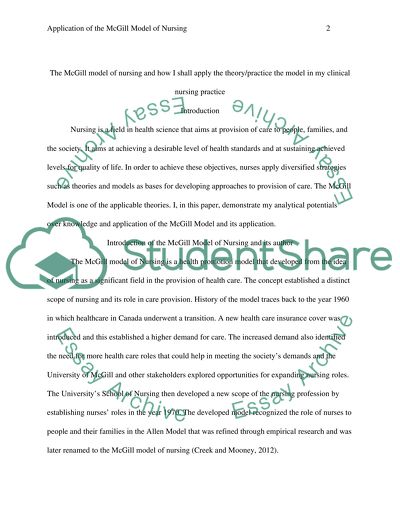Cite this document
(“The McGill Model of Nursing and how you will apply the theory/practice Essay”, n.d.)
Retrieved de https://studentshare.org/nursing/1477165-the-mcgill-model-of-nursing-and-how-you-will-apply
Retrieved de https://studentshare.org/nursing/1477165-the-mcgill-model-of-nursing-and-how-you-will-apply
(The McGill Model of Nursing and How You Will Apply the theory/Practice Essay)
https://studentshare.org/nursing/1477165-the-mcgill-model-of-nursing-and-how-you-will-apply.
https://studentshare.org/nursing/1477165-the-mcgill-model-of-nursing-and-how-you-will-apply.
“The McGill Model of Nursing and How You Will Apply the theory/Practice Essay”, n.d. https://studentshare.org/nursing/1477165-the-mcgill-model-of-nursing-and-how-you-will-apply.


